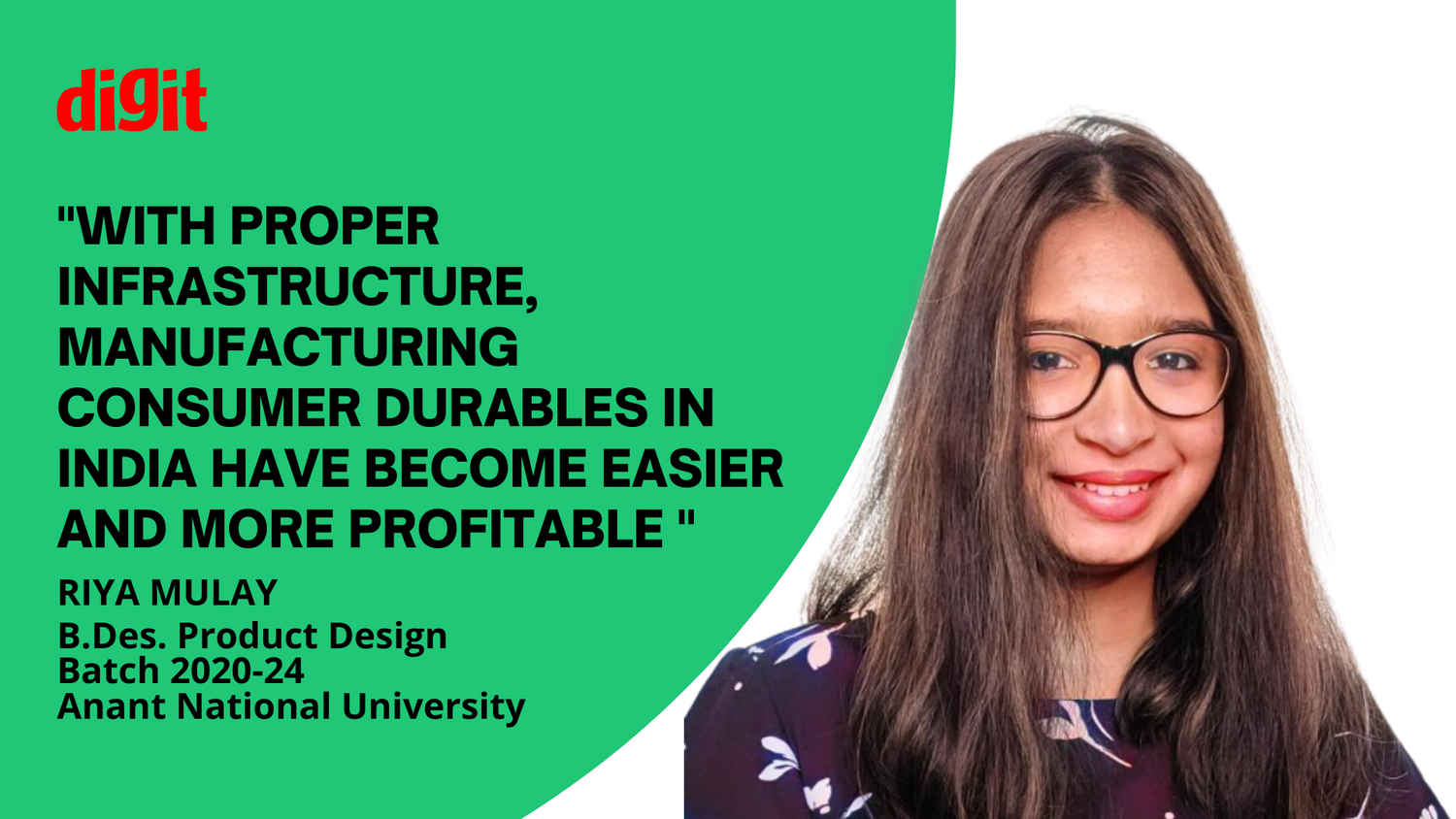

#image_title
In the heart of Pune's ancient streets, an encounter with bamboo artisans spurred a design student's venture into uncharted territory. From admiring intricate crafts to conceiving groundbreaking solutions, this journey gave rise to bamboo headphones – an ingenious fusion of sustainable materials and cutting-edge audio technology.
Driven by curiosity and a passion for sustainability, the Riya Mulay explored bamboo's potential beyond tradition. The result? Bamboo's rapid growth and eco-friendliness aligned harmoniously with high sound quality. A pivotal collaboration with a professor led to the selection of appropriate drivers, marrying craftsmanship with technology.
Bamboo's acoustic virtues amplify its eco-friendliness. This budding innovation, supported by university grants, envisions headphones not only resonating with sound but also a greener planet. A testament to India's evolving manufacturing landscape, this project aligns with the "Make in India" initiative.
This narrative echoes lessons for aspiring entrepreneurs. It exemplifies uncharted exploration, merging tradition with technology and leveraging academia for entrepreneurial endeavours. As this young designer's journey unfolds, it underscores the potency of dreams nurtured by education and kindled by national entrepreneurship initiatives. Ultimately, it's about more than headphones – it's about envisioning a resonant future that harmonises innovation and sustainability.
So, we spoke with Riya Mulay to dig deep into the process of the development of this unique audio product that definitely holds the potential to grow into something bigger than it is –
While walking down the lanes of the old city in Pune, I stumbled upon a vibrant community of bamboo artisans. Looking at their intricate handicrafts and skilled craftsmanship, I thought of how the material and its processes could be further explored for other work beyond mere handicrafts. This prompted me to conduct research on the use of bamboo in India, especially other products. As I delved deeper into research and brainstormed ideas, the concept of bamboo headphones took shape in my mind. As a design student with limited knowledge of electronic components, I sought guidance from my professor, who helped me find suitable drivers for the headphones.
Sustainable products are better for the environment, economy and society. Bamboo proves to be beneficial in multiple stages of the life cycle of the product, from raw material extraction to its disposal. Bamboo is a fast-growing grass, as the cut bamboo shoots grow back rapidly; reducing the environmental impact. Also, local manufacturing and sourcing of raw materials have proven to provide a stream of income to many people involved in the chain, some of whom are struggling with making a decent living. After the end of the life of the product, unlike its counterparts, bamboo headphones will not stay in landfills for years to come. Emissions during the making of the headphones are also comparatively less than plastic.
The raw bamboo shoots undergo an initial drying process. Additionally, for basic prototyping, they are treated with borax and boric acid.
Yes, bamboo as a material is a natural amplifier of sound. There are many bamboo speakers and other products in the market, and the product range is expanding. The material property of bamboo and form, both were used to ensure good sound quality of the headphones.
The area has a wide scope. However, at the moment, I haven’t thought about due to academic commitments. But, given an opportunity, I would like to explore this domain and see how it can be scaled up.
With proper infrastructure, manufacturing consumer durables in India have become easier and more profitable. With impetus in government initiatives, such as Make in India, many multinational and small-scale industries are encouraged to come up with more innovations as the market share of manufacturing industries is looking at an upward scale. I would urge students with spark of creating innovations to leverage such initiatives and make an impact, thereby channelling the real designer in them.
Yes, I got the SSIP grant and support from the university-established Aarambh Incubation Centre for mentorship and developing the product prototype. There are miles to go, a lot to learn and experience, and the recognition of my work have just fuelled my passion to become an even better designer. Being so young and new to this domain, I am not sure what aspiring entrepreneurs can take away from this journey. However, I would like to mention that the country has brought forth initiatives and schemes, which today are much more in favour of entrepreneurs. These schemes support research, prototype development, testing and whatnot. New potential ideas are appreciated and supported even more these days. Students or aspiring entrepreneurs like me should know about these and leverage it to make the best of their entrepreneurial careers.